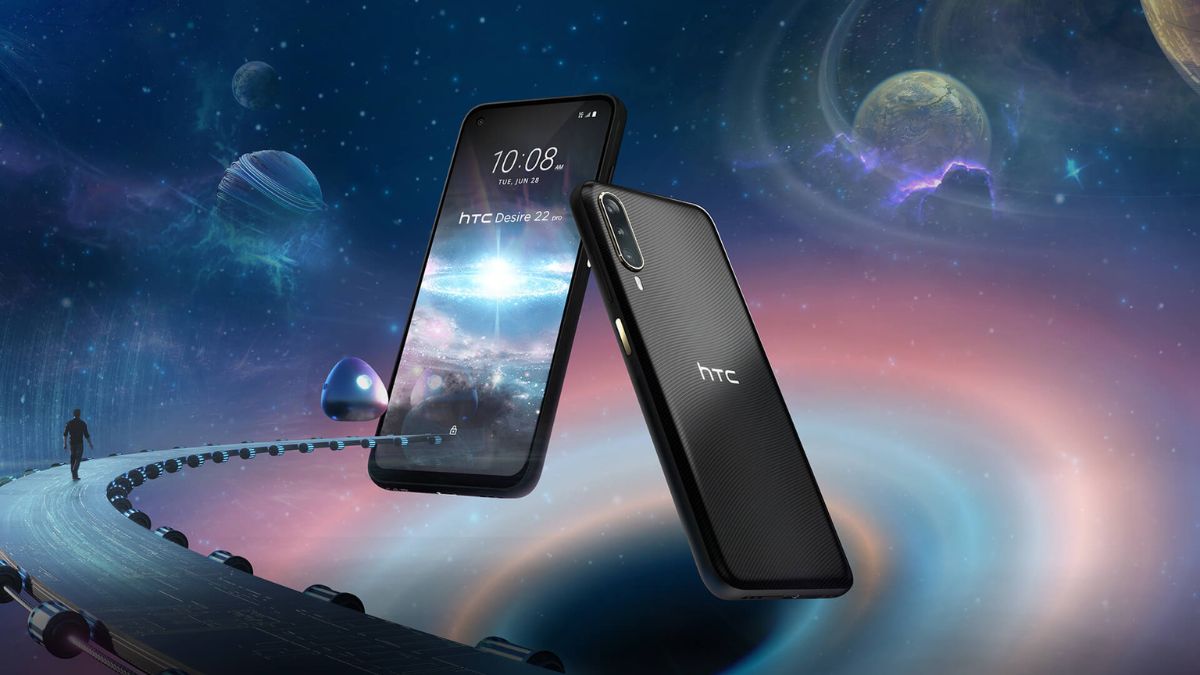Xiaomi’s new Mi 11 smartphone, released on January 1, 2021, is the first Android device to use Qualcomm’s Snapdragon 888 system on a chip (SoC). While Qualcomm’s Snapdragon is already capable of incredible video capture with accompanying camera hardware, Xiaomi took it one step further by partnering with Boston-based artificial intelligence image enhancement experts, BlinkAI, to include a dedicated ‘Night Video’ mode for capturing high-quality video footage in extremely low-light environments.
The Mi 11 already features an array of impressive specifications, including a 6.8-inch AMOLED display with a 120Hz refresh rate, upwards ot 12GB of RAM, up to 256GB of solid state storage and an impressive triple-camera array that includes standard, wide-angle and macro camera modules. But its imaging capability goes beyond hardware thanks to Xiaomi’s partnership with BlinkAI. We don’t have an Mi 11 unit to try out the new feature with, but Xiaomi has released a pair of videos, embedded above and below, designed to show off the low-light capabilities of its new device.
BlinkAI’s on-device processing works with the Neural Processing Unit onboard the Snapdragon 888 SoC to apply machine learning algorithms to noisy video frames captured in low-light scenarios. According to the company, video the patented process processes the video in milliseconds, resulting in near-instantaneous improvements in video quality. BlinkAI specifically says its neural network framework that powers the image processing is designed to ‘[mimic] critical aspects of how the human visual system works.’
The Xiaomi Mi 11 is available from various Asian retailers starting at roughly $795 for the 128GB version with 8GB of RAM. GSMArena has a full breakdown of specifications for the Mi 11 as well as a list of online retailers where the device is available to purchase.
Sigma’s 35mm F2 DG DN designed specifically for mirrorless cameras is a compact, well-built lens that produces lovely images. Is it a good fit for you? Find out in our field review.
US manufacturer Really Right Stuff just released a new lightweight travel tripod, aimed at active and weight-conscious photographers that don’t want to compromise on quality. Does its performance justify its high price? Find out in our initial review.
As we press on with our full review, we’ve analyzed just how the Zeiss ZX1 stacks up in front of our standard studio test scene. See for yourself how it performs.
Fujifilm’s latest X-S10 is a likeable mirrorless camera with some of the company’s best tech packed inside, and it doesn’t cost the earth. We think it could be a good fit for photographers of all kinds – find out more in our full review.
The Nikon Z6 II builds on the well-rounded stills and video features of its predecessor, with the addition of dual processors, two card slots and the option to add a full battery grip. It’s a subtle evolution but enough to keep the $2000 Z model competitive.























